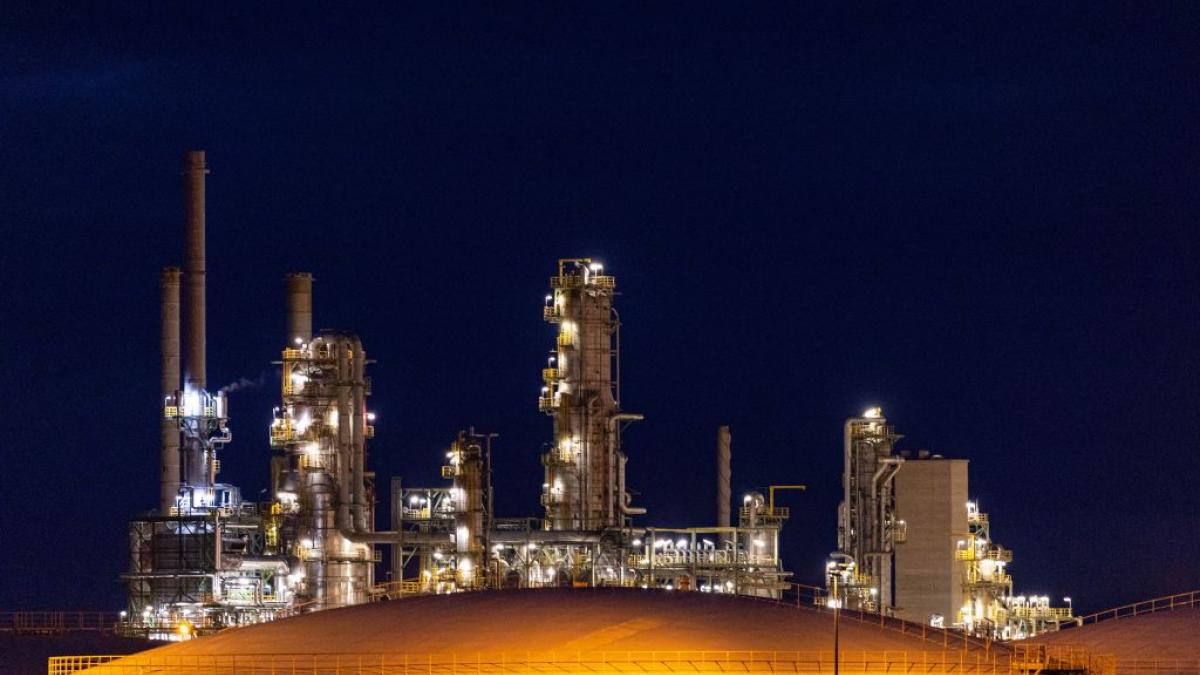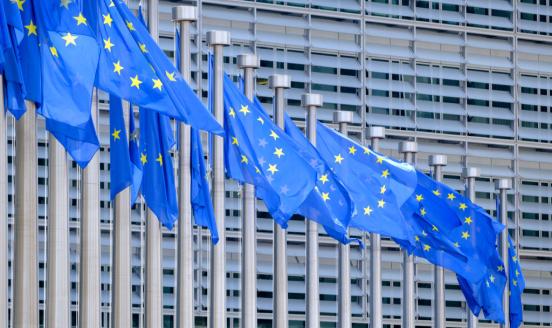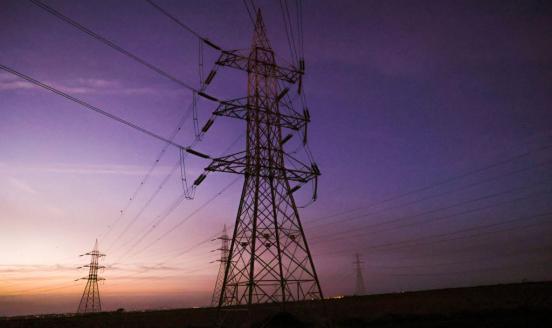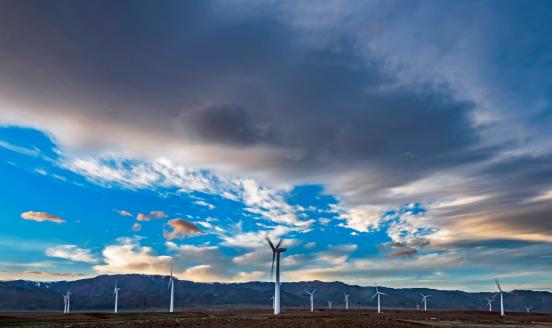European natural gas demand tracker

First published: 5 October 2022
Latest update: 20 March 2024
Please send any comments or requests to Ben McWilliams ([email protected]). Any recommendations on alternative data sources are greatly appreciated.
High and volatile European energy prices have been driven by extraordinarily tight supply-demand balances in energy markets, particularly for natural gas. The two possible solutions are to increase supply (which the EU has done, importing record volumes of LNG
1
https://www.bruegel.org/dataset/european-natural-gas-imports
) and to reduce demand. In August 2022, the European Union agreed a target to reduce gas demand by 15%
2
https://www.consilium.europa.eu/en/press/press-releases/2022/08/05/coun…
compared to the previous five-year average between August 2022 and March 2023. This target has subsequently been extended to March 2024
3
https://www.consilium.europa.eu/en/press/press-releases/2023/03/30/coun…
, and eventually to March 2025
4
https://www.consilium.europa.eu/en/press/press-releases/2024/03/04/secu…
.
This dataset tracks monthly natural gas demand by country and for the EU as a whole, with a breakdown of the power, industry, and household sectors wherever possible. Because there isn’t a timely and comprehensive data source covering all the EU, this dataset is built by compiling data from a range of sources. A technical annex explains this methodology.
Since January 2022, European natural gas demand has decreased significantly. Compared to the average across the period 2019 to 2021, European countries consumed 490 TWh less (or 12%) in 2022, and 860 TWh less (or 20%) in 2023. Figure 1 compares the total reduction in gas demand across countries since January 2022. The largest reductions have occurred in the Baltic states and Finland. The smallest reduction of 8% was in Ireland, which had no dependence on Russian pipeline gas.
Figure 2 displays monthly gas demand for 2022, 2023, and 2024. This is compared against average monthly demand across the 2019-2021 period. The data are presented for all countries in the EU and the United Kingdom, the interactive bar allows for selection.
Which sectors are responsible for demand reductions?
Natural gas is consumed across three economic sectors: in households for generating heat, in the power sector for generating electricity, and in the industrial sector for manufacturing final products like ammonia or paper. Demand reduction for the EU across each of these sectors are shown on a quarterly basis in figure 3.
In 2022, the energy crisis was exasperated by further tightness in electricity markets, particularly driven by unexpected repairs to France's fleet of nuclear reactors. This meant gas had to be saved in the household and industrial sectors. In 2023, with French nuclear reactors coming back online, and aided by record deployment of solar and wind, gas demand reductions in the power sector became substantial.
Industrial demand has been consistently depressed throughout the period and has not yet shown any signs of recovering despite falling wholesale gas prices. Household demand is more volatile. It is heavily seasonal, with larger demand in winter months, and changes in demand driven by monthly temperatures.
Is the EU on track for ambitious targets?
The EU has set a target of reducing greenhouse gas emissions by 55% in 2030 compared to levels in 1990. Part of this effort involves reducing demand for natural gas. Meeting the 55% target implies lowering gas demand to 2,825 TWh by 2030 5 https://visitors-centre.jrc.ec.europa.eu/en/media/tools/energy-scenario… . In May 2022, following Russia's invasion of Ukraine, the European Commission published a roadmap for reducing gas demand at a far quicker pace. This (REPowerEU) plan laid out a pathway for gas demand to fall to 1,615 TWh by 2030 6 https://eur-lex.europa.eu/resource.html?uri=cellar:fc930f14-d7ae-11ec-a… .
The REPowerEU target is ambitious. It would imply that toward the end of the decade the EU on aggregate would be able to meet demand using only domestic production and pipeline imports (without needing any LNG). It also implies that if the necessary annual reductions were continued, the EU would not consume any natural gas by 2035.
In figure 4, we plot monthly EU natural gas demand against the linear trajectory necessary for meeting these policy targets. So far, the EU is on track for meeting the REPowerEU targets.
Technical annex
Demand data is compiled from a variety of sources. Use of the ENTSOG transparency platform is prioritised where available. This is complemented in certain cases by national transmission system or market operators (Enagas, GRTGaz, THE) and for power we use the ENTSO-E transparency platform to obtain the electricity produced in gas fired power plants (see below). In cases where no alternative data are available, we use Eurostat monthly gas demand data (NRG_CB_GASM). In all cases, 2022 values are compared to the average from 2019 to 2021.
Below is a description of the methodology for reporting which table A1 summarises.
Total
For some countries (Belgium, Bulgaria, Croatia, Estonia, Hungary, Italy, Latvia, Luxembourg, the Netherlands, Poland, Portugal, Romania, Slovenia) the ENTSO-G platform consistently reports total gas demand and this is our preferred source. Spanish data is taken from Enagas. French data is from GRTGaz and ENTSO-G (Terega). German data combines THE and BNetzA. Austrian data is from AGGM (compiled by Johannes Schmidt and Peter Reschenhofer). Dutch data is complemented with CBS. Danish distribution data is from EnergiData. For the remaining countries (Czechia, Finland, Greece, Lithuania, Sweden and Slovakia) Eurostat is used, with the result of a one-to-two-month lag.
For most countries, an implied gas demand for power generation is calculated using ENTSO-E data on actual generation by technology type. For some countries, this data is taken from Ember. All gas-fired plants are assumed to be running at an efficiency of 50%. Therefore, an electricity output of 1MWh implies 2MWh gas demand. In certain cases, country-specific sources are used (GRTGaz for France, Gas Networks IE for Ireland, and CBS for the Netherlands).
Industry and Household
Where specific household and industry data are available, we use them and report separately. In many cases, we can identify ‘Final Consumers’ directly connected to the transmission grid, which should entail, both, larger industry and power sector gas consumption. Here, we subtract our estimate for power consumption to isolate industrial consumption. In many cases we are not able to separate industry and households and report the two together.



